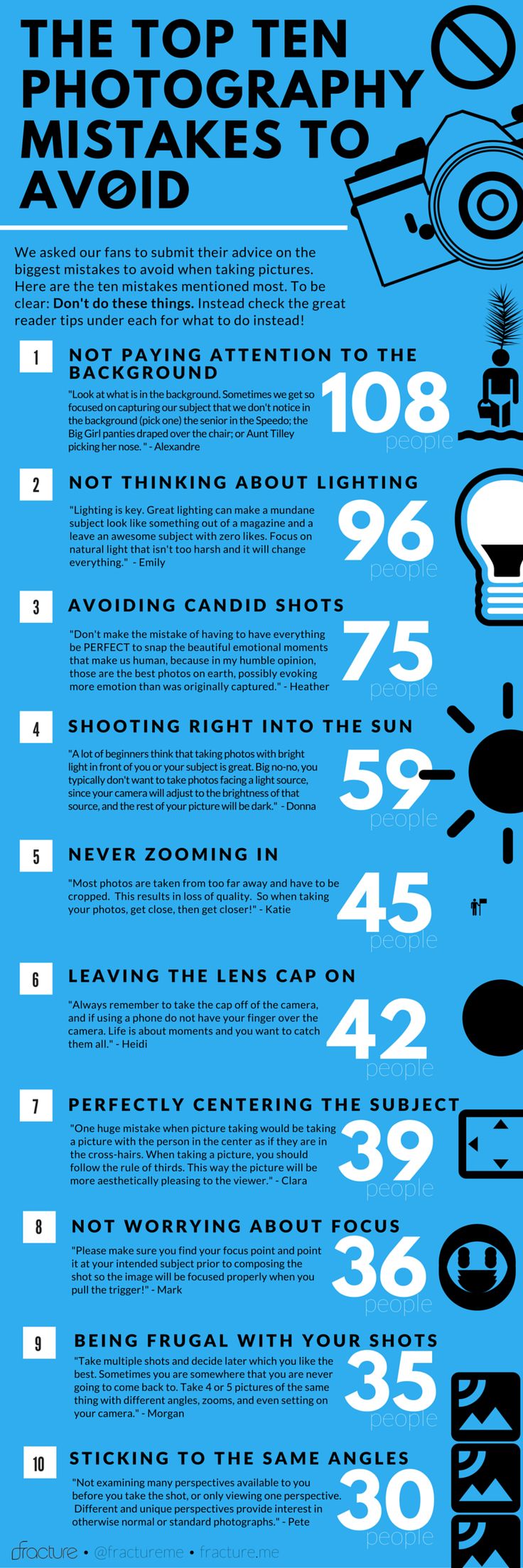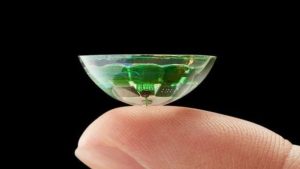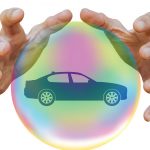Photography Tips and Tricks
Photography Tips for Lighting is a major element of a good picture. Proper lighting will make your picture look more professional. If you know how to light your subject properly, half the work is already done. Lighting can be achieved by varying the amount of artificial lighting compared to the natural light.
Rules of thirds
The Rule of Thirds in photography Tips is a visual guide that can help you create a composition that is pleasing and natural. By forcing you to think about the negative space in a photograph, this technique allows you to make creative use of the empty space surrounding the subject. To apply the rule, mentally divide the image into thirds, then place key elements such as a tree or barn on the lines that cross.
The Rule of Thirds is the foundation for good composition. This simple compositional technique helps you make photographs that are visually pleasing and have interesting compositions. It has a universal application and can help you create unique images. It’s a fundamental rule that is used in both portrait and street photography.
Once you have an understanding of the rules of thirds, the next step is to practice using them in your own photographs. You can practice applying the rule in different scenarios by looking at photographs taken by other photographers. You can visualize a grid across a photo and think about where your subject’s eyes and shoulders should be located.
Using the Rule of Thirds in photography Tips is one of the most effective ways to create a great image. It will make your photos look visually pleasing because it will satisfy your viewer’s sense of proportion. Try looking at your favorite photographs and see if they follow this simple technique.
You can also practice the rule of thirds in landscape photography. The rules of thirds in photography Tips can help you find the right balance in a landscape photograph. If you use it correctly, you can use this technique to position important subjects of your photo in the proper location.
Using your camera’s auto mode
The auto mode of your camera is fine if you’re a beginner, but you’re missing out on important creative control. In addition, this mode isn’t ideal for challenging lighting situations. If you’re looking to improve your photography Tips and skills, you’ll need to move on from Auto Mode.
Auto mode determines the main point of focus in a photograph. For example, a landscape is usually sharply focused, while a person has a longer focal length. This means that the main subject may not be in sharp focus. This can lead to an unsatisfactory photograph.
While using auto mode can seem amateurish, it is actually a great way to learn about photography and the ideal settings. If you don’t have the time to adjust everything manually, it can teach you more about your camera’s settings. And if you’re unsure about a setting, you can always try it out in P mode and see how it looks.
Auto mode will automatically select the settings necessary for optimal exposure. But you can still make minor adjustments to get the best possible shot. The next step up is program mode. It’s a great stepping stone between Auto Mode and Aperture Priority Mode. In program mode, you can control shutter speed and aperture. Your camera’s light meter will balance the aperture and shutter for the best exposure.
When choosing auto mode, it is important to select the right one for your needs. Modern cameras are very capable of creating balanced images. This means that they have a wide range of features that help you get the best results. For example, in most cases, a camera will use the AF feature to detect focus while the subject is moving, and vice versa.
Taking photos with a tripod
Taking photographs with a tripod can add extra stability to your images. You can also make your photos more interesting by using people as your subjects. A tripod is extremely important and should be purchased at some point in your photography career. When purchasing one, consider the weight, price and stability. A tripod should be sturdy and lightweight, but it should also be able to support the weight of your camera.
A tripod also allows you to set a timer. Typically, you can set a timer for two to ten seconds to capture the perfect moment. You can also use a remote control to take your photos while using a tripod. This will allow you to set a timer and change settings without adjusting the camera.
Using a tripod is particularly important when you want to take photos in low light. When the light level is low, you want the photos to be as sharp as possible. Without a tripod, hand movements can result in blurry images. Also, if you are using a tripod, you will be able to take photos with a longer shutter speed.
Another tip for taking photos with a tripod is to turn off image stabilization. Using image stabilization may reduce the sharpness of your images, especially when you’re using a long telephoto lens. Using image stabilization will also help reduce camera shake and reduce the chances of a blurred photo.
Besides using a tripod, you should also be mindful of wind conditions. While you may not have to be on a tripod-free beach, if the wind is causing the tripod to sway, it will ruin the shot. Additionally, your backdrop should be clear of clutter. Branches, pebbles, and twigs can make the tripod unstable. Lastly, you should place a weighted object in the middle of the tripod to keep it stable.
Using your camera’s flash to capture the colors of the sunset
If you want to capture the colors of the sunset, using your camera’s flash will be a good option. The light from the sun is most intense just after the sun dips below the horizon. But this can cause a color cast, so you can protect your subject by using a flash gel.
Before taking the picture, be hyper-aware of the surroundings. Then, place the light behind the subject and point it in the direction of the camera. Remember to keep it far enough away from the sun to avoid light glare or other elements that will interfere with the picture.
Another way to get the colors of the sunset is by using a flash gel. Flash gels are made of translucent plastic that alters the color of the flash. For example, CTO gel adds warmth to the flash. A gel like this can be an affordable option and help you create a perfect photograph of the colors of the sunset.
A sunset is one of the most beautiful times of day. It has a beautiful background and various colors. However, the sun itself isn’t an interesting subject. Instead, choose a subject that interests you. You can get an interesting shot of a person, a place, or a sunset.
You can also use the weather to add depth to your photo. can you shoot in fog or clouds, which will give your sunset a unique makeover. When shooting a sunset, you should try to keep the ISO value low to ensure maximum color accuracy, dynamic range, and minimal noise.
Taking photos in low light
Low light occurs after sunset or during the night when there is little to no light. It can be difficult to capture a decent picture in these conditions, and it’s not always possible to make adjustments in post-processing. Luckily, there are some Photography Tips and tricks that will help you capture some good shots in these conditions.
Choosing a wide aperture is a key aspect of low light photography. Increasing the aperture will increase the amount of light coming into the camera, but you should know that it also decreases the depth of field, or DOF, of your picture. A smaller DOF is fine if you’re shooting a single subject in low light, but it can be problematic if you’re trying to capture more than one subject in a shot.
While higher ISOs collect more light, they also increase image noise, which lowers the quality of images. Therefore, a low ISO setting is best for taking photos in low light, especially if you don’t have a flash. To reduce digital noise, you can use manual mode, but be aware that higher ISOs can cause more blurring and grainier photos.
In low light, autofocus is often difficult to use. You may want to use a flashlight or an AF assist light. But if you are trying to take a photo of a distant subject, you should try manual focus. To manually focus, simply zoom in on the subject in the live view, and focus manually when you can see it clearly.
Another important consideration when taking photos in low light is the shutter speed. Your camera needs a certain amount of light to focus, so making the shutter speed slower will reduce blurring.















